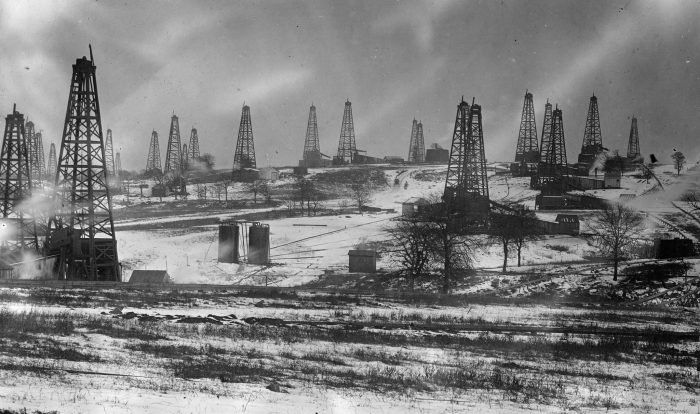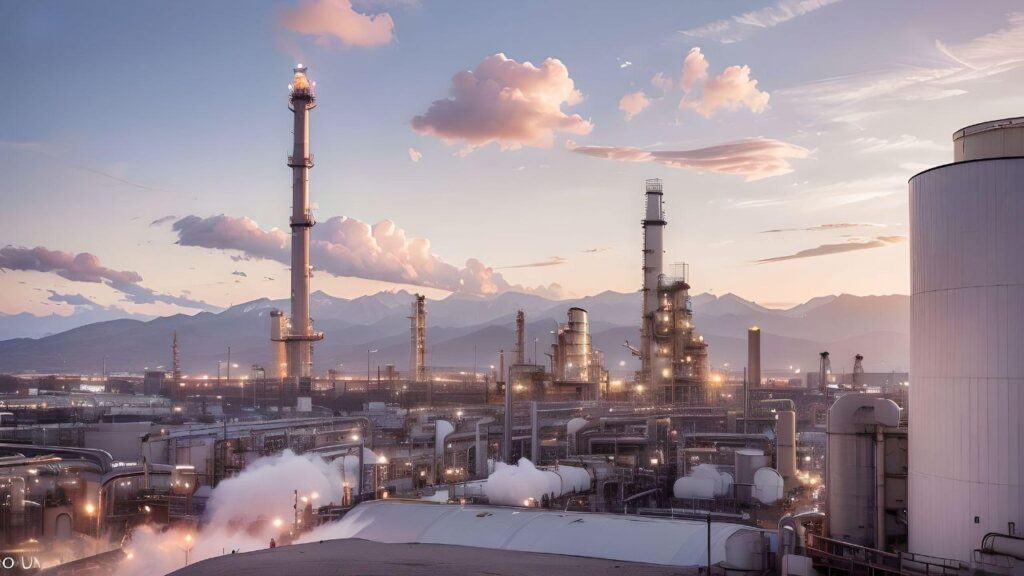


Sustainability to Growth:
Execution Strategy:
CPT has multiple Projects currently in the process, these projects nets CPT a number of producible wells with an average of 41 BOPD per wellsite, netting CPT an average of 1,279 BOPD/ 53,718 gallon. Expending Projects continue to give CPT producible wells with an average of 120 BOPD, netting CPT an average of 5,380 BOPD/ 225,960 gallons.
v Year 1, Acquisition of Projects (162) wellsite’s, (3) of which will be newly driller wells. Bring in Blockchain to support capture technology. R&D new processes.
v Year 2, Acquisition of of undersea pipeline and its onshore facilities to support our currently owned Offshore platform with (6) undersea wells. Continue exploration on the 5,000-acre lease to develop (2-3) new wellsite’s per year. Bring in Blockchain to support capture technology. R&D new processes.
v Year 4 Continue Acquisitions of new Projects roughly (68) wellsite’s. Bring in Blockchain to support capture technology.
v Year 6 Continue Acquisitions of new Projects roughly (145) wellsite’s through 4 states.
v Year 7 Continue current exploration on the remaining 11,000-acre lease.
v Year 8 Continue new Acquisitions of roughly (203) wellsite’s through 4 states.
v Year 10 Develop new exploration leases and continue Acquisitions of new Project roughly (75) wellsite’s.
v Year 12 Review current well holdings for wellsite’s that require plugging and continue Acquisitions of new Projects roughly adding (56).
v Year 14 Review new drilling options on old/new leases.
The Race to Sustainability:
Our race to sustainability begins with the capture of key emissions C02/CH4/N20 at 2,835kg per barrel of oil production in a day. Which may seem insignificant at first when we realize that the US alone creates over 4.4 billion tons of Carbon emissions per year. However, if we start with 405kg in capture per single barrel in a day, it quickly adds up to 70,404.12 tons of Carbon emissions in a single year in a single community. As Cryptic Petroleum’s key mission is to grow through acquisition, partnership, and/or merger; we could quickly see the reduction of Carbon emissions in pockets around Colorado, Oklahoma, Texas, New Mexico, and Wyoming to start.
Within as little as 3-6 months it is possible to start seeing the effects from decarbonation on oil and gas wellsite’s while still producing oil and gas to meet current and future demands.
The Mission to Sustainability:
- Acquisition of Oil and Gas Operators
- Installation of Carbon Capturing equipment at each wellsite
- Capture 86-96% of C02/CH4/N20 from each Wellsite
- Reduce Emissions impact by utilizing the waste i.e. (C02/CH4/N20)
- Generate energy through continuous capture
- Powering Blockchain equipment
- Generate a multi-revenue stream
- Increase our impact on decarbonation x5% over the next 2 years (704,040 tons)
- Increase our impact on decarbonation x 15% over the next 5 years (5,280,300 tons)
- Increase our impact on decarbonation x25% over the next 10 years (17,601,000 tons)
- Increase our impact on decarbonation x35% over the next 15 years (36,962,100 tons)
- Continue Oil production x10% to meet current demand and supply over the next 2 years
- Increase Oil production x20% to meet supply and demand over the next 5 years
- Increase Oil production x30% to meet supply and demand over the next 10 years
- Increase Oil production x40% to meet supply and demand over the next 15 years
- Explore all acquisition
- Explore options to acquire Orphaned or Abandoned Wellsite alone the acquired Basins per year; capture and utilize and/or plug and reclamation of the area after surveying wellsite’s
- Develop and implement a clean and restore program to assist communities with recover
Sustainability shouldn’t be just the decarbonization of the Oil and Gas industry, or a focus on the automotive industry. The race to zero should focus on the Greenhouse issue as a whole and not in a singular vision, or a pick and choose blame game.
The fact is that (Humans, Male, Female, Man, Woman, He, She, they, them, Binary, Non-Binary emit over 128.Billion tons of Greenhouse emissions alone in a single year; while Automobiles emit over 5.Billion tons of Greenhouse emissions in a single year; while Oil and Gas emits more than 5.Billion tons of Greenhouse emissions. Humans alone emit more than 118.Billion tons of Carbon emission more than the one thing targeted as the Greenhouse emissions corporate Automobiles, and its partner in crime Oil and Gas production.
Now for the catch; Humans are listed as a “closed-loop”, while this remains an arguable point between Scientists. The fact is still just by breathing Humans alone contribute to 28% of the Greenhouse effect, the Oil and Gas covers 13% of the Greenhouse effect, the Automotive covers 13%.
If Humans are closed-looped than the process of developing Oil and Gas production into a “closed-loop” is more than idea to reduce the Carbon effect. Now developing a “Closed-loop” emissions capturing system isn’t a “pipedream” to quote some of Carbon captures largest critics. The real question isn’t if it can be done; its what to do with it once it’s been captured; store it, potentially pollute the ground with the potential it’ll act as a filter, potentially pollute the sea by pushing it into the seabed which again potential sea water acting as a filter, put it in a pipeline and send it somewhere? There are chemical exploration and trials happening to dissolve Carbon, what happens to chemical residue? Is it sealed in a barrel or is another chemical developed to dissolve the residue?
Here is an easy yet time consuming option, for the oil and gas industry, and perhaps the surrounding communities nearby and a far. Capture Greenhouse emissions C02/CH4/N02 in the field onsite through a closed-loop system that utilizes a second source to burnup the emission and maintains it in a trapped closed-loop. Now image this system in pockets around the world, if one pocket could capture 70k tons of Greenhouse emission C02/CH4/N20 then One million of these systems could potentially capture around 70.Billion tons of Greenhouse emissions C02/CH4/N20. Now, while 1 million is extreme optimism the impact of this system on a growing level not only assist in decarbonization of emission C02/CH4/N20, but in the Global demand for Oil and Gas.


